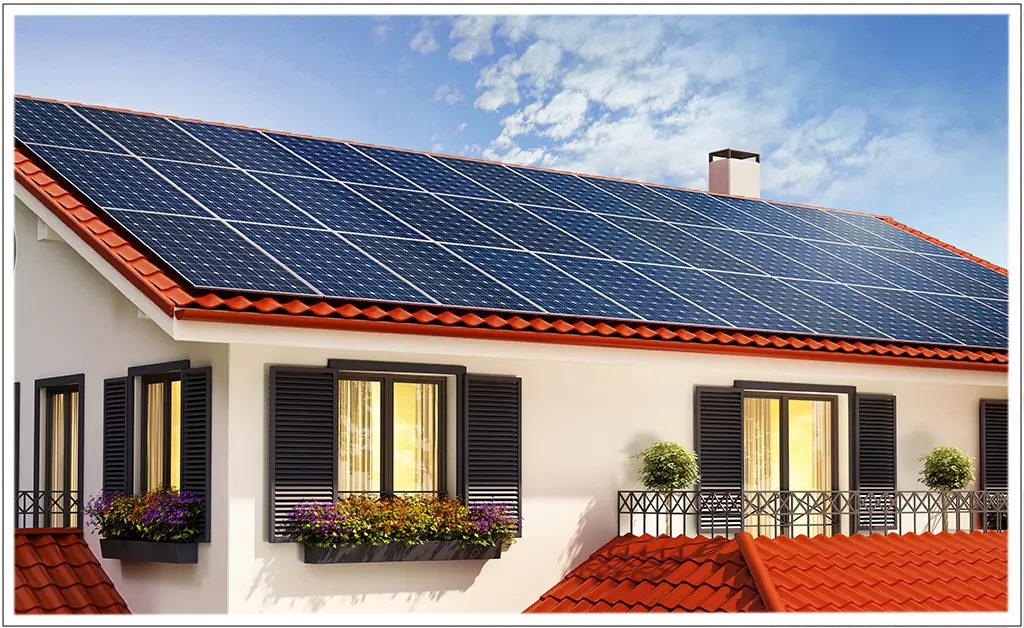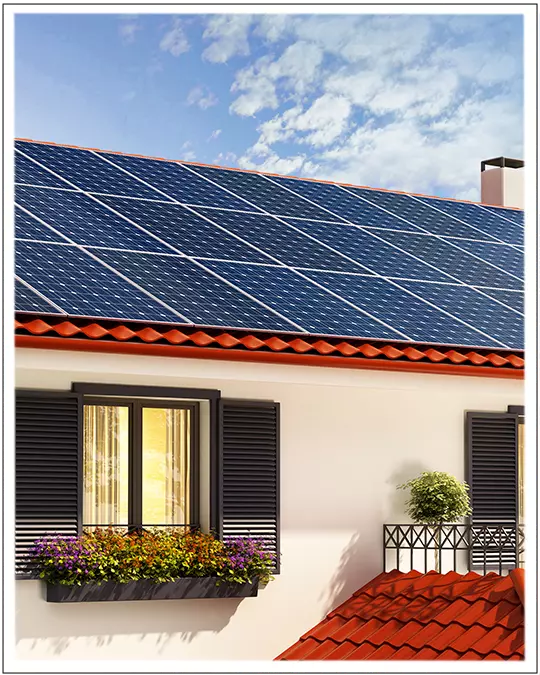

Are 36 Panels Enough?
The Question,
Can I Fully Operate my 5 ton AC with a Typical 10KW Solar System and No Battery Backup, when the Power goes off.
The Answer,
Most likely "No"
Why Not ?
A 5 Ton AC Unit that consumes approximately 5,000 Watts during Normal Operation would require approximately 15,000 Watts of Surge at Start-Up. See Locked Rotor Amps (LRA) below
In addition It's Complicated by these Variables:
Size of the Solar System - Number of Panels
Possible Output of Each Panel
Efficiency
- Monocrystalline: Efficiency Rating at or above 20%
- Polycrystalline: Efficiency Rating at or above 15% - 17%
Location - High or Low Angle of Placement
- Tracking the Sun can increase Production up to 45%
Inverter Efficiency
- Peak Efficiency
- California Energy Commission Efficiency
- European Efficiency (will not apply here)
Inverter Surge Capacity
Battery Efficiency & Surge Capability and Type
- Lead-Acid
- Lithium-Ion
Charge Controllers & Surge
- Pulse width Modulation
- Maximum Power Point Tracking (MPPT)
- Shunt Charge
- Series Charge
Size of the AC & Locked Rotor Current
Solar Array
Panel Angel & Direction
Panel Efficiency
Inverters & Surge
The Inverter converts Direct Current (DC) that is Produced by the Solar Panels or from the Battery Storage to Alternating Current (AC) at 50 or 60 Hz. The AC Power is what most if not all Home Appliances Require.
Go to Our Article for: Solar Inerters
Charge Controllers & Surge
Charge Controllers Regulate the flow of Electricity from the PV Array to the Load Requirement and/or Battery Storage. The Regulator/Controller allows Electricity to Charge the Storage Battery when required and shut off to prevent overcharging. Some or Most Inverters have this Feature Built into the Inverter.
Surge Rating is Extra Current (Amps) Required to Start a Motor/Compressor from off (Locked Rotor), this is typically 2 to 5 times the Running Load Amps (RLA). Your AC Unit's ID Plate should State the Running Load Amps (RLA) and Locked Rotor Amps (LRA).
Example:
- RLA 25.64
- LRA 118.0
Surge Capacity for a Specific PV System use is Important, be sure to verify this in the Specifications of the Charge Controller or Inverter.
Locked Rotor & Soft Start
LRA is Locked Rotor Amps. When your AC is Switched on the Motor that turns the Compressor requires an Extra Boost in Current (Amps) to Turn the Rotor and get it up to Normal Operating Speed (RPMs). The Locked Rotor condition generally lasts until the Motor achieves 80% of the required RPMs, a few seconds.
When a Electrical Motor starts from Zero RPMs there is a certain amount of Torque Developed to get up to Operating Speed. The amount of Torque and the Time it takes is determined by the Rated Horsepower and the Design of the Motor itself.
Soft Starters do help mitigate the Negative effects of Locked Rotor Amps. Soft Starters are sometimes called Variable Frequency Drives (VFDs), a Soft Starter Limits the Current Surge at Start Up. Soft Starters Gradually increase the Voltage and Frequency from the Power Source until Normal Operation is reached.
Soft Starters can also increase the Life, reduce Maintenance and Increase Energy Efficiency of a running Motor/Compressor for most Applications including your AC.
Batteries & Surge
Lead Acid Batteries have been used in Automobiles for Decades. They are the Lowest Cost for the Energy Density. The Deep Cycle Lead Acid Battery is more common for Home Solar use.
The Lithium-Ion Battery Technology is a newer type of Battery. The Con for these Batteries is the Initial Cost, and can be a Potential Fire Hazard if not Properly Installed due to Thermal Runaway.
Thermal Runaway is a known phenomenon where the Lithium ion Cells go into an uncontrollable self Heating State that can as a result emit Gas, Smoke or Fire.
The Lithium-Ion Battery offers a Higher Energy Density and is a more efficient and light weight Option over Lead Acid Batteries. Lithium-Ion Batteries allow more useable Energy before needing a Recharge.
Are Batteries Worth the Investment? Batteries, no matter the Kind, are a Initial Investment that has to be considered. If you are off Grid or if you're in a community that has Frequent Outages they are a necessary Part of the System.
Solar Batteries are considered a Green Renewable Energy and may Qualify for a Tax Credit. Depending on the Kind of Battery, the Longevity could be from 5 to 10 years or more.
How much Battery do you need depends on the Solar System Size, the Kind of Battery you intend on using, Storage Capacity and what you plan on running as far as lights & Appliances plus for how long.
Internal Links
Solar Panel Maintenance & Warranty
Note: It is said that The Amount of Energy provided by the Sun in 80 Minutes is equal to the Energy in all of the World's known Oil Reserves.
“The first step is to establish that something is possible; then probability will occur”
Elon Musk
© Copyright 2023 YPRemodel.com. All rights Reserved. This material may not be Published, Broadcast, Rewritten or Redistributed without written Permission.
